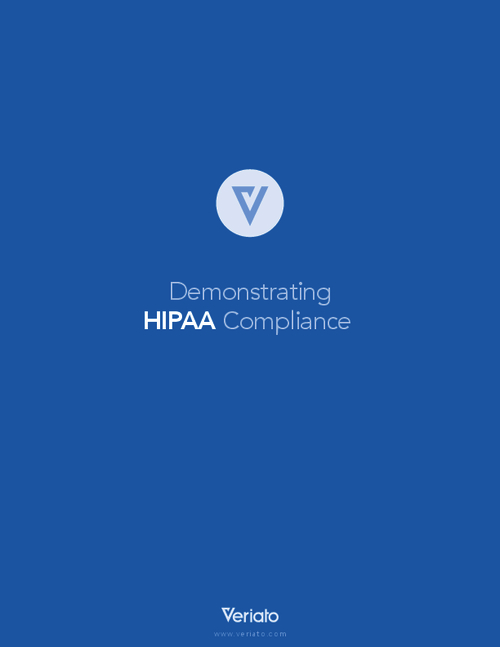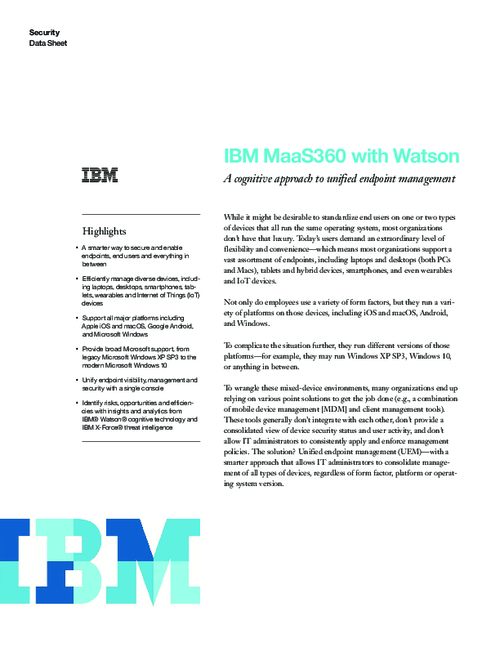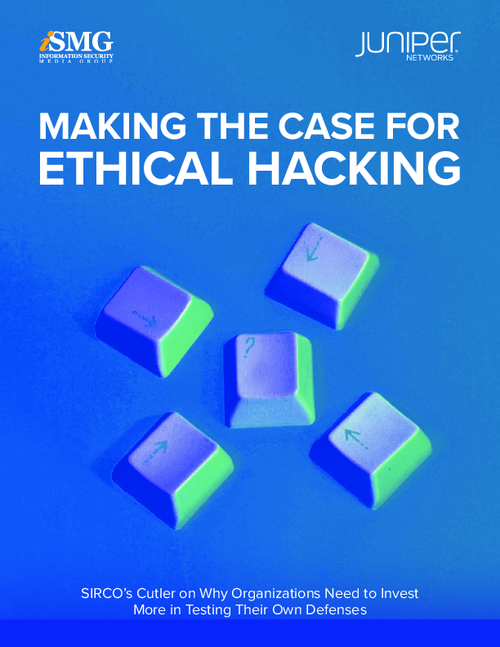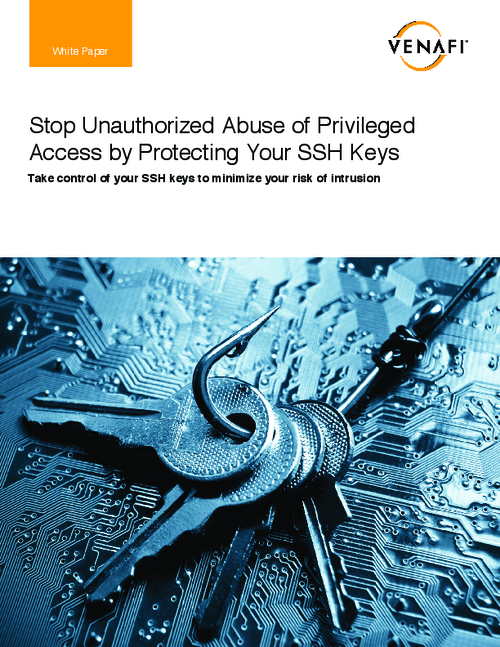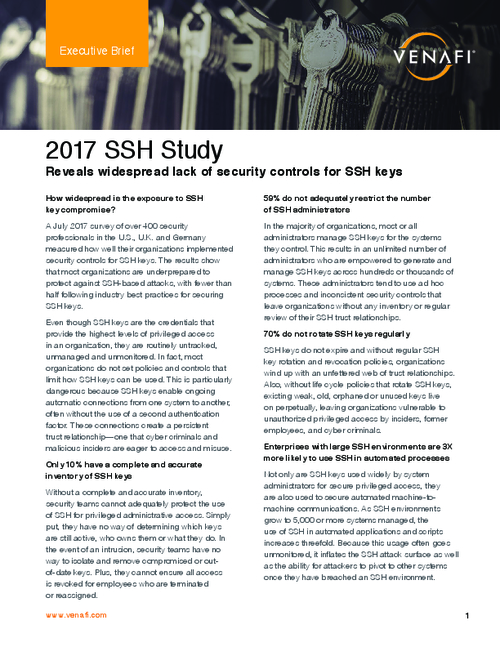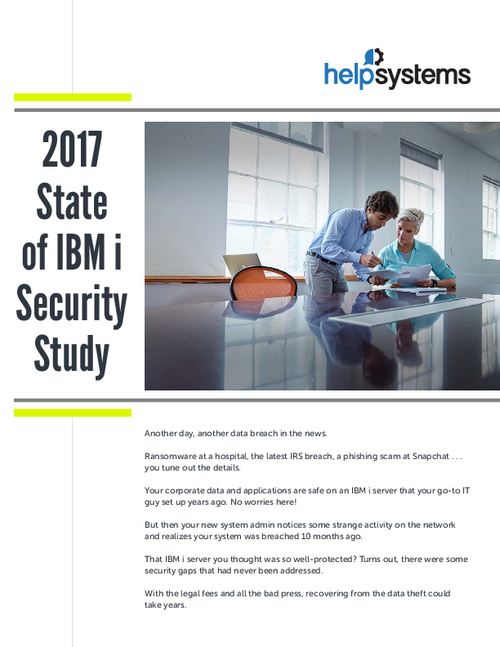Getting Started: How to Succeed in a CISSP Exam
BASICSWhat is the CISSP?
The Certified Information Systems Security Professional (CISSP) certification is a broad exam, yet fairly balanced in its coverage of security topics. If you are responsible for maintaining IT security in your organization, this is an excellent exam to strengthen and expand your understanding of different aspects of security. This certification is offered by International Information Systems Security Certification Consortium (ISC) 2.
Visit- https://www.isc2.org/cgi-bin/content.cgi?category=1331( For more Information on CISSP)
CISSP Requirement-
1. Must possess minimum of five years of professional experience in the information security field, or three years plus a college degree.
2. Take and Pass the CISSP exam (approx 250 questions/ 6 hours) with a scaled score of 700 points or greater.
3. Sign the ISC2 code of ethics
4. Meet continuing education/re-certification requirements
TIPS
Be Prepared and know the 10 Domains:
Being prepared is the key to passing the test. Tests like the CISSP touch on many different
areas. In all likelihood, you're not an expert in all 10 CISSP domains. Depending on your level of expertise and experience, first concentrate on those areas which you think you are weak in followed by the stronger areas. The CISSP exam focuses on 10 domains from the Common Body of Knowledge (CBK). These domains are:
Candidates will need to master each domain and address specific items, topics, keywords and concepts from each domain.
Understand & Remember the Scope of the 10 Domains:
It is important to understand the approach the CISSP test takes, essentially requiring a
general understanding of information security concepts. When you are taking the exam, think about which of the 10 domains each question falls into. Often, if you can determine the domain the question is focusing on, you can quickly highlight the correct answer. Candidates must be aware of the relationship between the security topic, issue, concept, control, etc., within each domain to address questions effectively.
Take your Time and Understand the Question:
The key here is that you should take your time and make sure you understand the question. In the CISSP test, you're asked for the "best" answer. However, do not waste time -- if you cannot answer a question after reading it twice, move on. You will use your time better by answering the easy questions first. Once you have reached the end of the exam, return to those questions you skipped. Always remember to mark questions you are uncertain about or want to skip. Also, to get better at understanding the questions, you should answer as many practice questions as possible. Many websites and books provide sample tests.
Study and Prepare thoroughly for the CISSP Exam:
The best method to study and prepare for a CISSP exam depends on an individual's learning style and capacity. Many candidates need a combination of different methods. Get the opinions of your peers and other experts by checking out the book reviews and by subscribing and visiting the popular CISSP group study sites. (Such as http://www.cccure.org) Also, try and read at least 3-4 different books and study guides to get full coverage of all topics and domains within CISSP certification as well as to gain different perspectives on the same topic.
Online Resources for CISSP Exam:
www.cissps.com
www.cccure.org

